Red Borneo Kratom is a unique strain of the Mitragyna speciosa tree, native to the island of Borneo. This tropical...
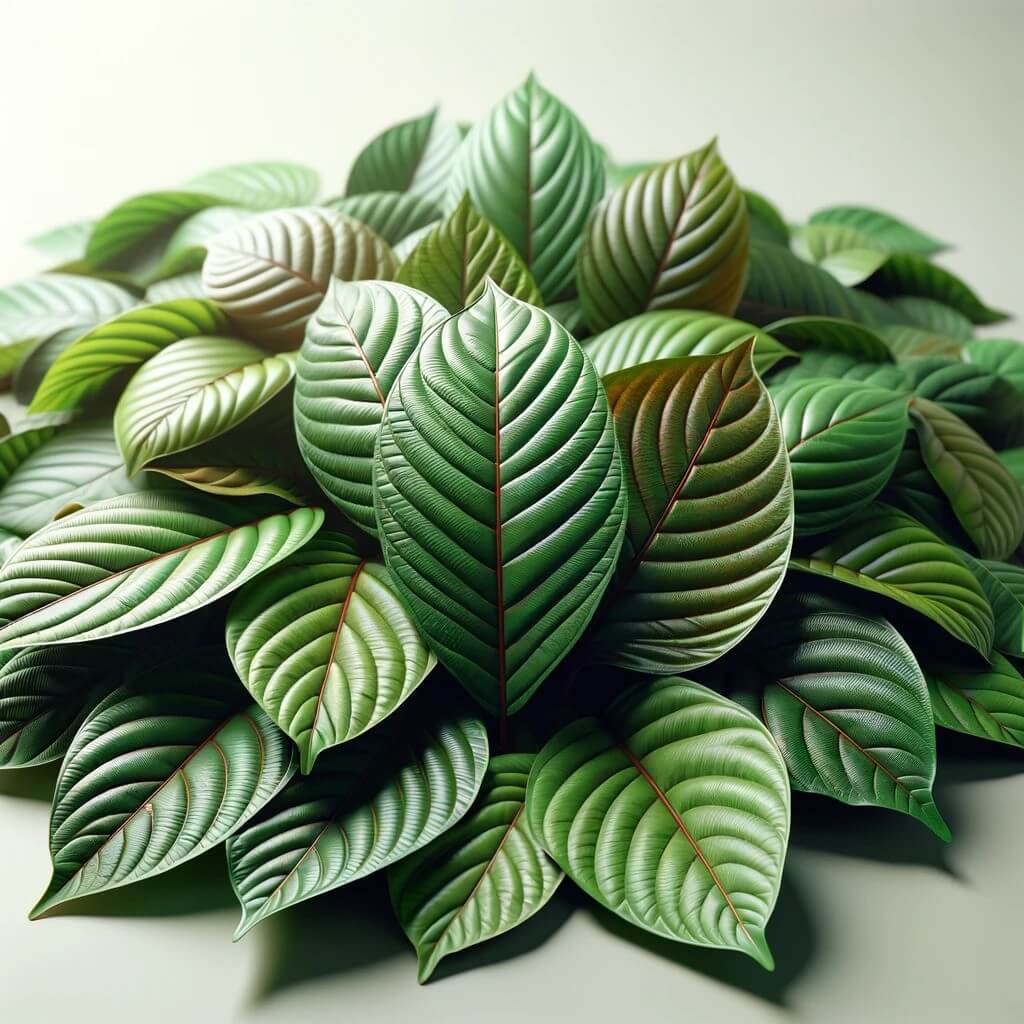
Discovering Nature's Secrets: The Rise of Kratom in the Cannabis Community and Beyond
For millennia, indigenous cultures worldwide have relied on the astounding biodiversity of nature to provide natural remedies for a host of ailments and conditions. In recent decades, modern science has begun validating many of these traditional botanicals, discovering their therapeutic secrets through rigorous research. Two such plants that have risen to prominence are cannabis and the lesser-known Kratom. While cannabis has exploded in popularity in recent years, Kratom has been quietly gaining devoted followers drawn to its versatile effects and potential benefits. In this comprehensive guide, we'll explore the emergence of Kratom, get into its properties and applications, examine the controversies surrounding it, and discuss how trusted vendors like Speakeasy Kratom are leading the charge in providing high-quality Kratom products.
Understanding Kratom
Origins and Traditional Use
Kratom, scientifically known as Mitragyna speciosa, is a tropical evergreen tree that traces its origins to Southeast Asia, including Thailand, Malaysia, Indonesia, and Papua New Guinea. Within these regions, Kratom has a long history of traditional use dating back hundreds of years. Indigenous groups, such as Hmong, Thai, and Malay populations, commonly chewed the fresh or dried leaves of the Kratom tree or brewed them into tea to relieve fatigue, boost work productivity, and aid in pain management. The stimulating and analgesic effects of Kratom have allowed it to become an invaluable cultural and medicinal plant in areas where it grows indigenously.
Besides traditional cultural use, Kratom also had applications in folk medicine. Practitioners in regions where Kratom grew incorporated it into their healing modalities and natural pharmacopeia to treat a wide range of maladies, from intestinal infections to muscle pain. Additionally, Kratom was valued for its utility as an opium substitute, due to its mild narcotic effects. This traditional wisdom about Kratom's broad therapeutic potential is now being investigated by modern science.
Active Compounds and Pharmacology
The primary active compounds found within Kratom leaves are alkaloids, including mitragynine and 7-hydroxymitragynine. These alkaloids are thought to be responsible for Kratom's effects by interacting with opioid receptors in the brain. However, unlike classical opioids like morphine, Kratom's pharmacology is rather complex, involving activity at multiple receptor sites throughout the body.
In addition to mu-opioid receptor agonism, mitragynine, and 7-hydroxymitragynine have been found to interact with adrenergic, serotonergic, GABAergic, and dopaminergic pathways in the central nervous system. This diverse receptor binding profile contributes to Kratom's different effects, which include analgesia, anti-inflammatory activity, muscle relaxation, and mood enhancement.
The predominant alkaloid, mitragynine, comprises up to 60% of the total alkaloid content in Kratom leaves. Mitragynine is an atypical opioid and exhibits stimulant properties at lower doses and opioid-like sedative effects at higher doses. Meanwhile, 7-hydroxymitragynine is present in smaller amounts but is a more potent analgesic, binding to opioid receptors with higher affinity. The entourage of other trace alkaloids, as well as non-alkaloid constituents in Kratom, also lend to its complex pharmacological actions.
Experience and Effects
Methods of Consumption
There are several traditional and modern methods for consuming Kratom to experience its effects:
- Chewing/Eating Raw Leaves: The most traditional method, practiced for centuries in SE Asia. Provides gradual effects. Requires a large quantity of leaves.
- Kratom Tea: Made by boiling raw leaves or Kratom powder in water. Provides a faster onset than chewing leaves. Can be flavored with honey, lemon, etc.
- Kratom Powder: Finely ground Kratom leaves. Can be mixed with water or juice and drank. Also added to foods. Offers convenience and portability.
- Kratom Capsules: Powdered Kratom encapsulated in gelatin or vegetable cellulose capsules. Eliminates taste but slows absorption. Easy to swallow.
- Kratom Extracts: Concentrated alkaloid extracts of Kratom leaves. Come in paste, resin, and powder forms. Very potent, and requires much smaller doses.
- Enhanced Kratom: A blend of Kratom powder with concentrated Kratom extracts to boost potency. Provides amplified effects.
Experiential Effects
The effects experienced from Kratom can vary substantially based on the individual, dose, vein color, and other factors. Nevertheless, some generalized effects at certain dosage ranges include:
- Low Dose (1-3 grams): Mild stimulation, elevated mood, and energy, reduced fatigue, increased sociability, and focus. Analgesic effects.
- Moderate Dose (3-6 grams): Narcotic-like analgesic effects, euphoria, relaxation, sedation. Increased feelings of calm, contentment, and wellbeing.
- High Dose (6+ grams): Strong sedation and analgesia, dreamlike mental state, decreased anxiety, nausea, or dizziness may occur. Should be avoided by most.
In addition to dosage, Kratom products are commonly categorized by their vein color, which influences the experiential effects:
- Red Vein: Potent analgesic and sedative effects. Calming, relaxing. Best for pain, and sleep issues.
- White Vein: Stimulating, energizing qualities. Enhances focus, alertness, motivation.
- Green Vein: Provides a balance between red and white strains. Mild analgesic and stimulant effect.
It's crucial to sample different Kratom products responsibly to find the types, dosages, and preferred methods of use that align with your needs and goals. Experienced Kratom users recommend keeping a journal to document strains and dosages that work best for your biology.
Therapeutic Applications and Potential Benefits
Chronic Pain Relief
One of the most widely reported therapeutic uses of Kratom, both traditionally and in modern contexts, is as a natural analgesic for chronic pain. Persistent pain conditions that may not respond adequately to conventional treatments are one of the major reasons people turn to Kratom. This includes chronic back, joint, and muscle pain, pain from injuries or medical conditions, and neuropathic pain.
Kratom's painkilling effects result from the activity of its alkaloids at opioid receptors throughout the body's pain pathways. However, since Kratom also activates other analgesic receptors, it may provide more comprehensive pain relief than classical opioid medications. For those prone to dependence or addiction, Kratom is seen as a safer alternative to potent prescription opioids. While not a cure, Kratom can help manage pain that impedes the quality of life for chronic pain sufferers
Mood and Anxiety Disorders
In addition to physical pain, Kratom has also shown promise in alleviating mental and emotional suffering related to psychological conditions like depression, anxiety, PTSD, stress, and addiction. Anecdotal reports indicate that Kratom can lift mood and induce a sense of calm and well-being in those struggling with mood disorders and high anxiety.
Some of the mood enhancing qualities may stem from Kratom's stimulation of serotonin and dopamine activity in the brain. Kratom also appears to reduce inflammation and balance the hypothalamic-pituitary-adrenal axis, enabling better regulation of the body's stress response system. For those resistant to pharmaceutical antidepressants and anxiolytics, Kratom offers a natural way to self-medicate for mental health issues that impede daily functioning. However, psychological counseling should also be sought.
Energy, Focus, and Motivation
For individuals struggling with fatigue, lack of motivation, and problems concentrating, Kratom's stimulant properties at lower dosages can provide a notable lift. The energizing and focusing effects result from alkaloids interfacing with adrenergic receptors and impacting CNS dopamine levels. The stimulation induced by Kratom is described as smoother and less jittery than caffeinated drinks. Many report it provides clean focus and mental acuity reminiscent of nootropics and ADD medications, but derived from an all-natural leaf. These effects can enhance workplace productivity, exercise ability, and creative endeavors.
Legality and Controversies
Legal Status
Despite Kratom's long history of traditional use and growing popularity in recent years, its legal status remains gray and contested in many regions. While Kratom is not currently regulated at the federal level in the United States, there have been efforts to change that. In 2016, the DEA announced plans to add mitragynine and 7-hydroxymitragynine to the Schedule I controlled substances list, which would effectively ban Kratom. However, backlash from the public and lawmakers led the DEA to abandon scheduling at that time.
Since then, the FDA has taken an increasingly hard stance against Kratom, pushing for more regulatory restrictions due to concerns over safety and abuse potential. So far, these efforts have not led to an outright federal ban, but it remains a possibility. Observers believe the FDA desires to incentivize the development of new synthetic pain medications.
In the absence of federal action, individual states and local jurisdictions have imposed their Kratom regulations. Several states, counties, and cities have enacted full or partial Kratom prohibitions, especially in the southern U.S., while others have passed KCPA legislation to prevent ban attempts. It's crucial to be aware of the legal status in your area.
Safety Concerns
Much of the impetus behind stricter Kratom regulation is concerns over its safety, addiction potential, and side effects. Indeed, clinical research on Kratom is still in the early phases, with most available data being anecdotal or observational. However, the FDA's claims that Kratom is dangerously addictive are heavily disputed by advocates and scientists.
While Kratom can produce dependence with extremely high doses and extended use, the addiction risk is considered mild to moderate and far below that of pharmaceutical opioids. Additional reported side effects like nausea, dizziness, and constipation are seen as minor. Critics counter that such issues pale in comparison to the morbidity caused by opioids and other prescription drugs Americans ingest regularly. Much more research is needed to provide a clearer risk profile on Kratom.
Quality and Purity Questions
Since Kratom is largely unregulated, quality control in the commercial marketplace has been a source of apprehension. There have been issues with contaminated, adulterated, or substandard Kratom products being sold by less scrupulous brands and online retailers. However, this risk is significantly mitigated by only purchasing from reputable vendors who adhere to strict laboratory testing protocols and are committed to transparency and accountability.
The American Kratom Association's Good Manufacturing Practices Standards Program has sought to address purity concerns by encouraging Kratom vendors to obtain lab certification confirming the identity and cleanliness of their products. Consumers should vet any brand thoroughly and only buy from those who make quality and safety paramount. This includes Speakeasy Kratom, which we'll discuss shortly.
Speakeasy Kratom - A Trusted Ally
As the Kratom industry evolves, a few pioneering vendors have set the standard for quality, integrity, and transparency. Among these Kratom trailblazers is Speakeasy Kratom, which has earned a reputation for providing exceptional products to discerning consumers.
Commitment to Quality
At the core of Speakeasy Kratom's mission is supplying consistently high-grade Kratom backed by rigorous lab testing. All products carry an analysis from accredited laboratories, affirming their identity, purity, strength, and safety. This includes testing for contaminants like heavy metals, bacteria, and mold.
Range of Quality Selections
With discerning consumers in mind, Speakeasy Kratom provides a wide range of product selections to suit varying needs. Their Kratom originates exclusively from mature trees in Southeast Asia. They carry unique proprietary blends along with a variety of single-strain powders and capsules available in several vein colors and processing methods.
Committed to Education
To promote responsible Kratom use, Speakeasy Kratom takes an educational approach. The company website hosts a wealth of informational resources about the history, benefits, and proper utilization of Kratom. Their blog provides tips for topics like dosing, optimizing results, avoiding tolerance, and identifying quality products. The staff makes themselves available for customer inquiries and takes pride in guiding each individual to the Kratom products optimal for their requirements.
The Future of Kratom
Despite skepticism and negative PR from the FDA, there are positive indicators that logic, reason, and science will prevail in shaping Kratom policy moving forward. The successful pushback against scheduling in 2016 demonstrated that public sentiment plays a vital role in the future legality of Kratom. Continued activism and advocacy from consumers and advocacy groups are crucial to prevent reactionary criminalization.
There are also greater legislative efforts underway to pass KCPA legislation at the state and federal levels to protect consumer access. Public comments to regulatory bodies like the DEA and FDA are shifting to an increasingly prohibitionist stance. The AKA's GMP program fosters a culture of self-regulation among responsible vendors.
As knowledge evolves and Kratom becomes integrated into the broader fields of alternative medicine and ethnobotany, its future looks promising. With continued prudent use by consumers, guidance from trusted vendors like Speakeasy Kratom, and rational regulatory frameworks that balance benefits and risks, this leaf's secrets still hold curative potential in our collective quest for healthier living.
Disclaimer:
These statements and products presented in this article have not been evaluated by the Food and Drug Administration FDA. The products mentioned in this article are not intended to diagnose, prevent, treat, or cure any diseases or health conditions. Therefore any information in this article is presented solely as the opinions of their respective authors who do not claim in any way shape or form to be medical professionals providing medical advice. Speakeasy Kratom and its owners or employees cannot be held responsible for, and will not be liable for the inaccuracy or application of any information whatsoever herein provided. By purchasing our products you agree that you are aware and in compliance with your local county, state, or federal regulations. Must be 21 years or older to purchase Kratom. Products are not for internal use. The US FDA has not approved Kratom as a dietary supplement. We do not ship to the following states, cities, and counties in the US where Kratom is banned: Alabama, Arkansas, Indiana, Rhode Island, Vermont, Wisconsin, Sarasota County, FL, Union County, MS, City of Denver, CO, City of San Diego, CA, City of Oceanside, CA, and Jerseyville, IL.

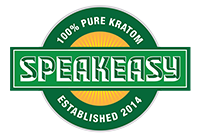
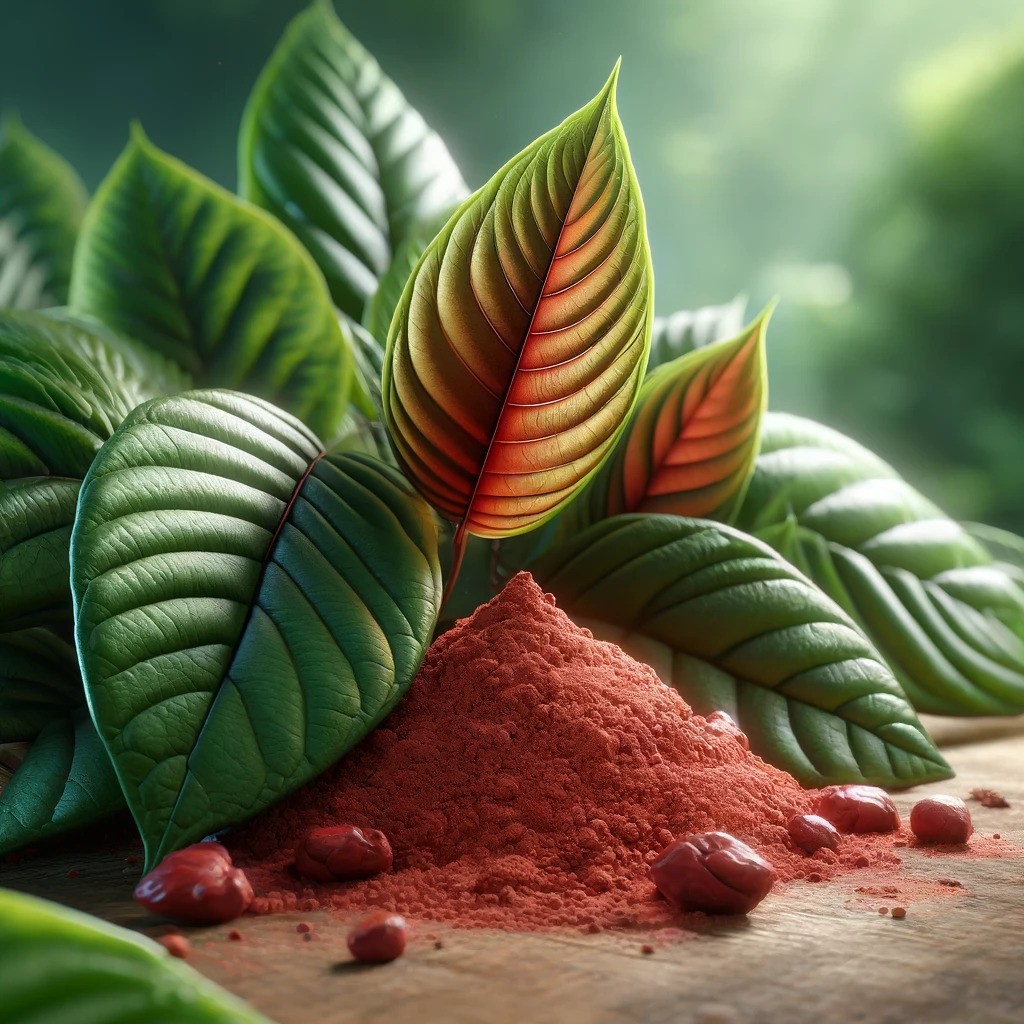
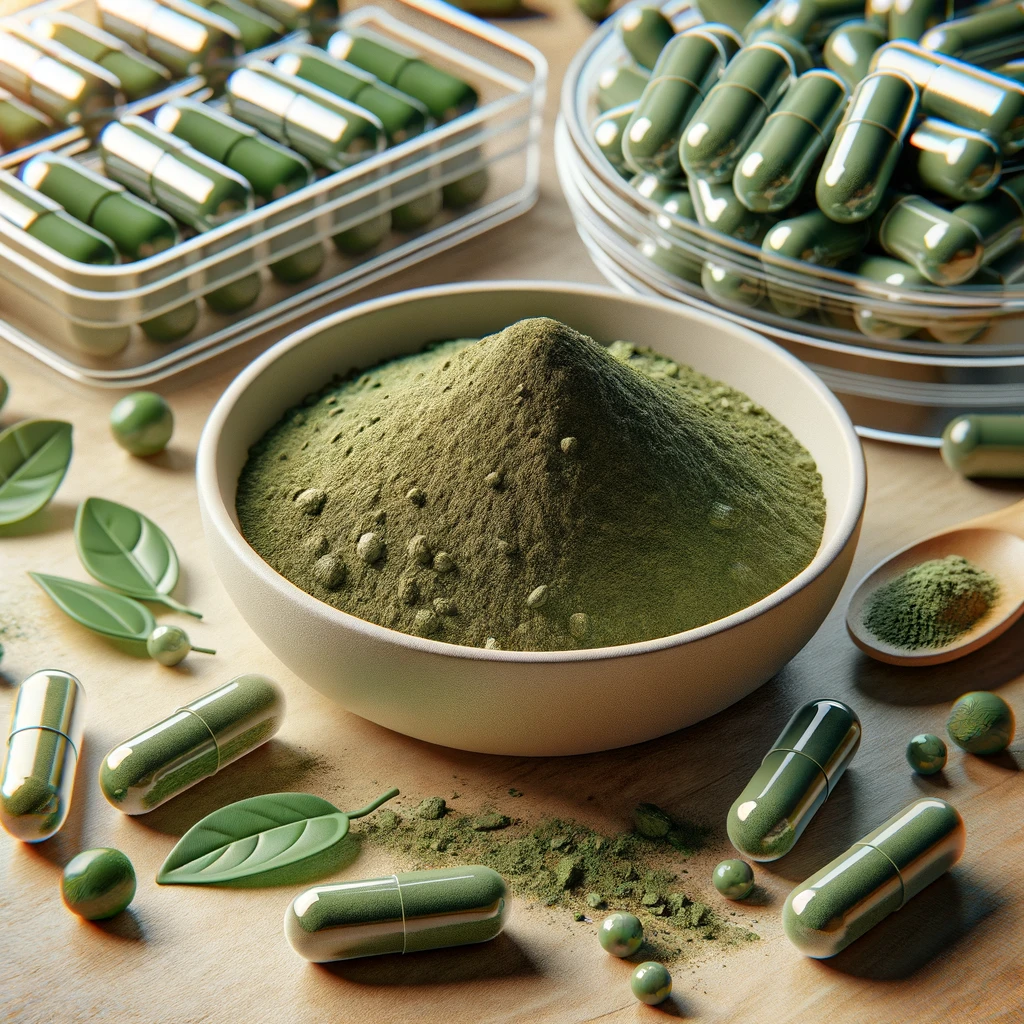



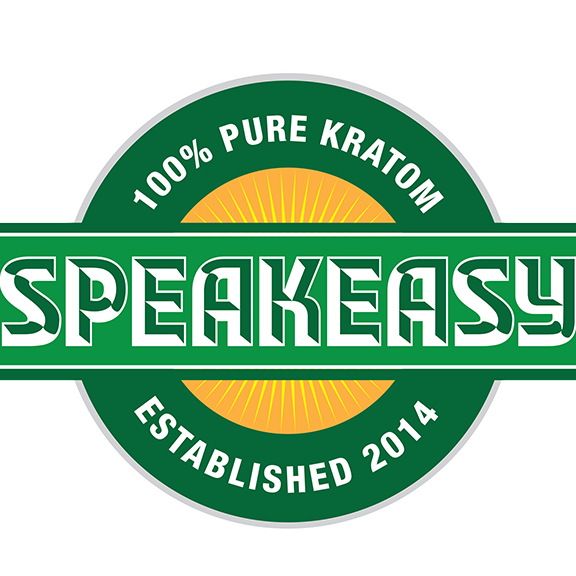
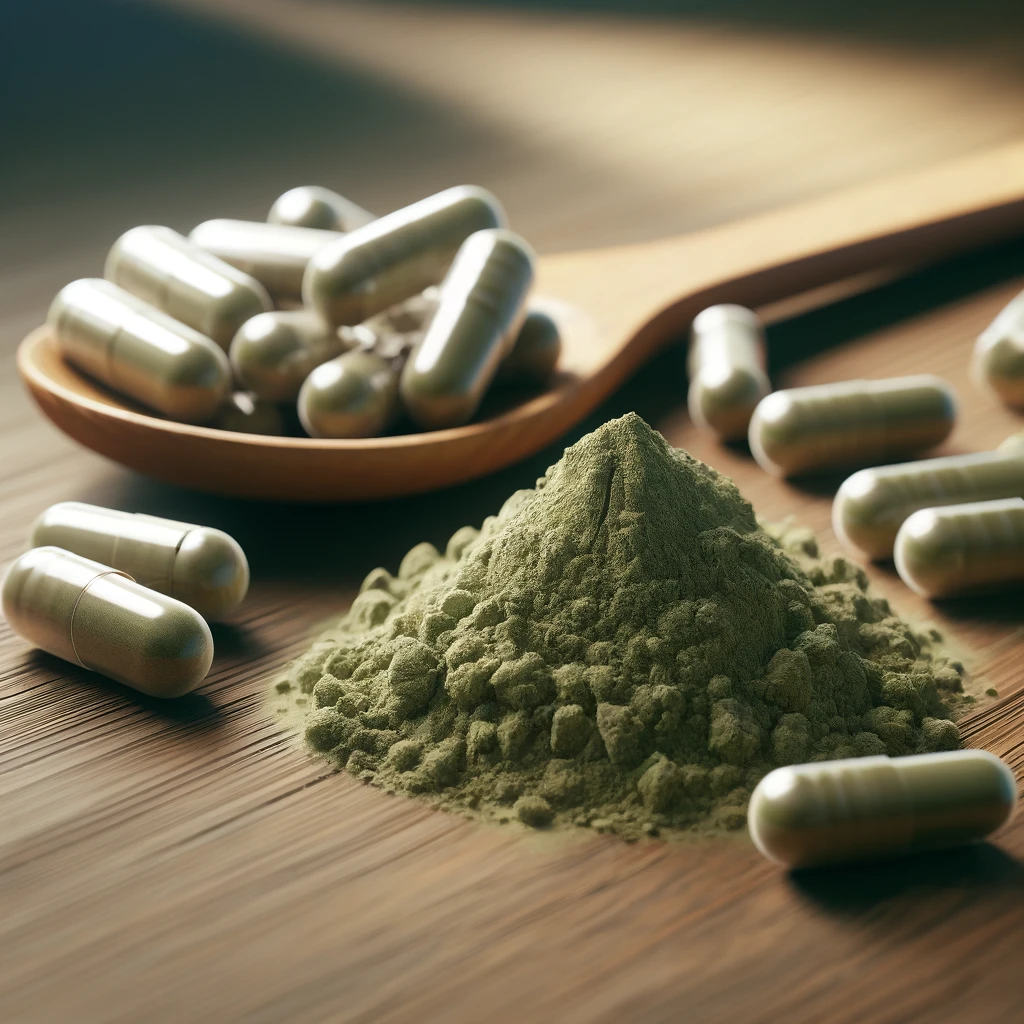
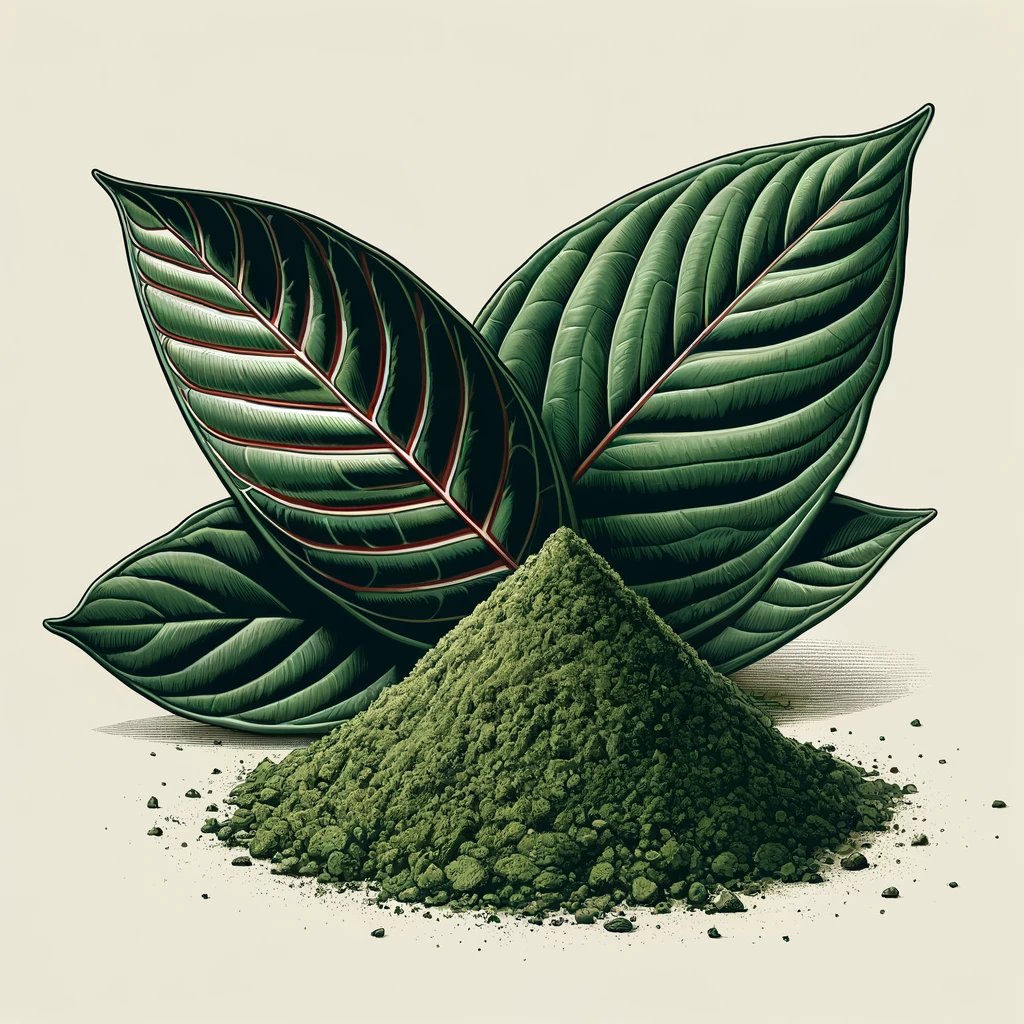

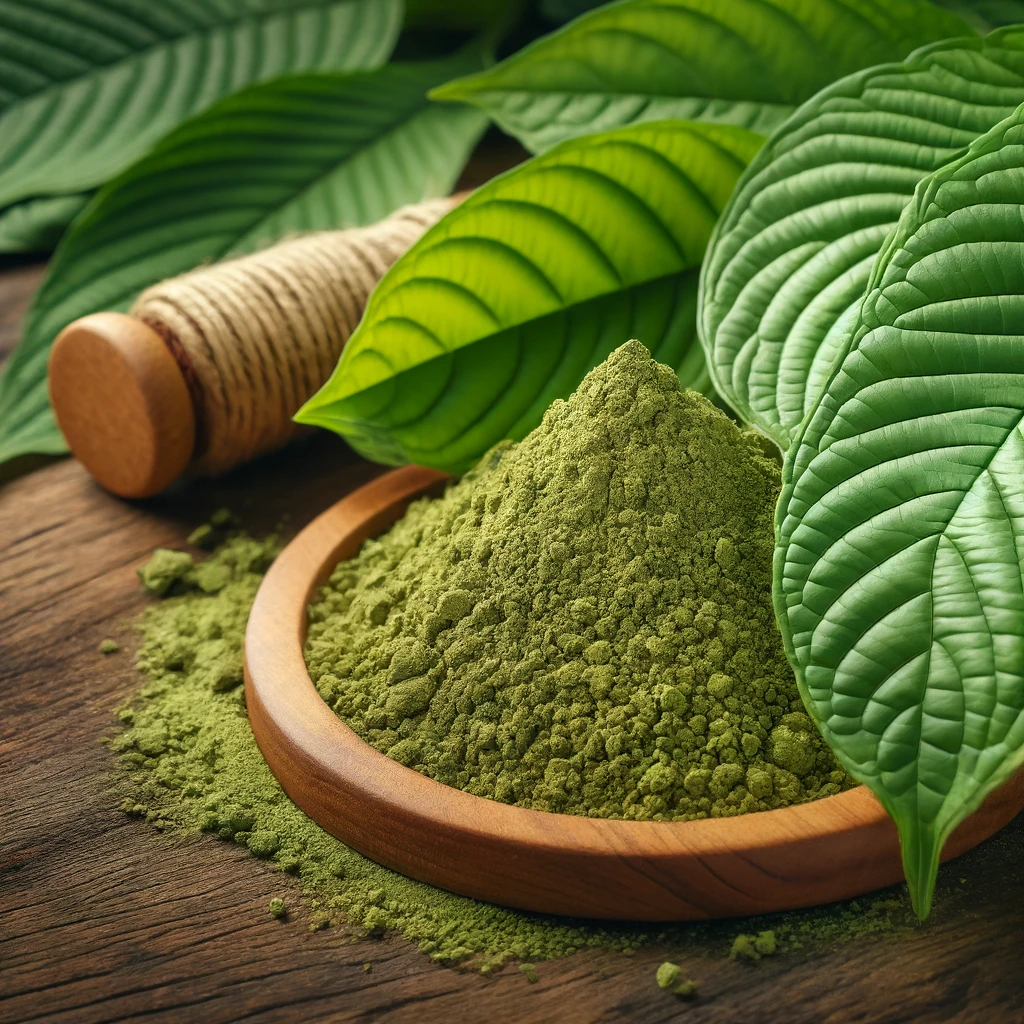
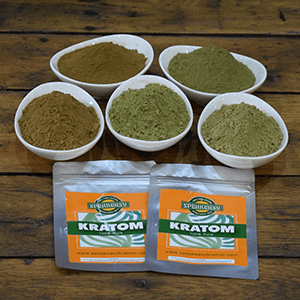

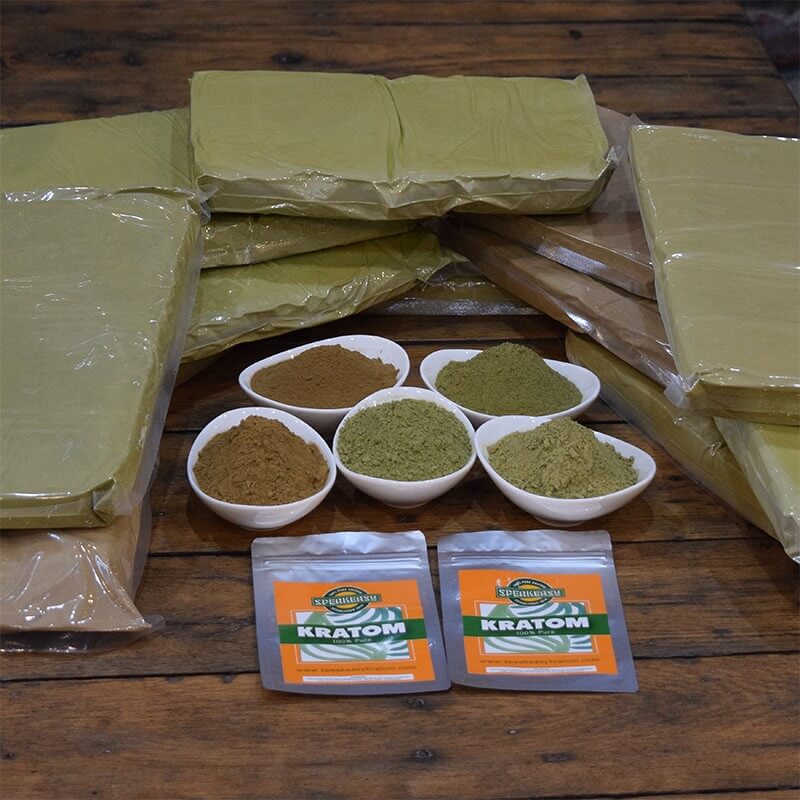
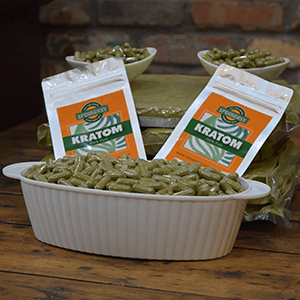
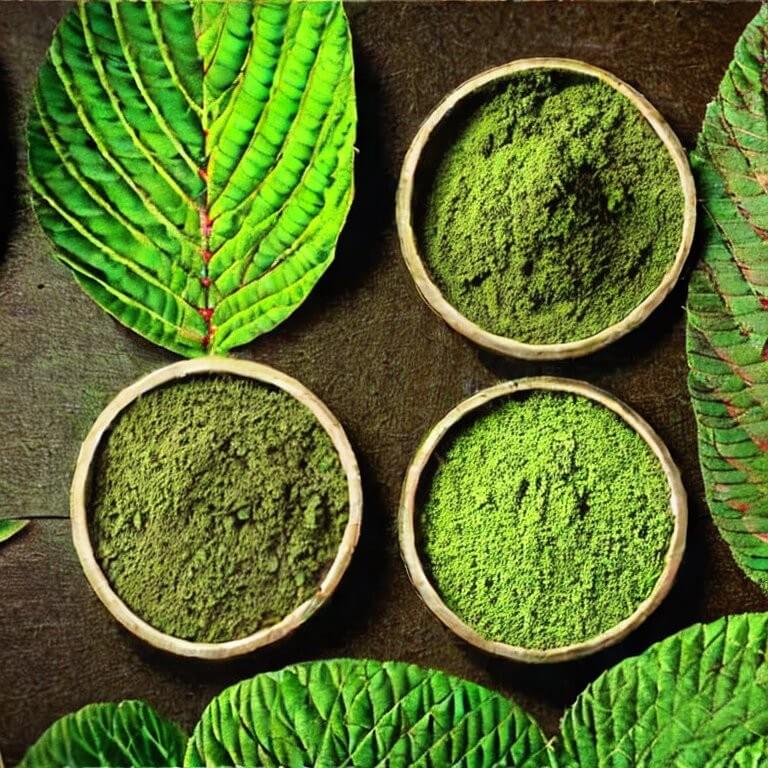
Leave a comment